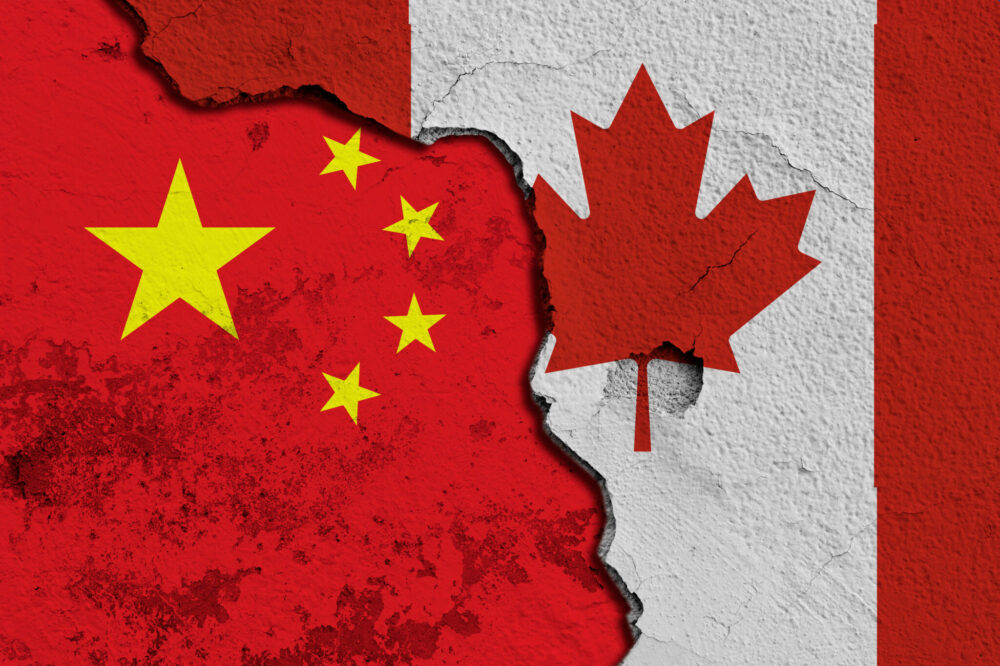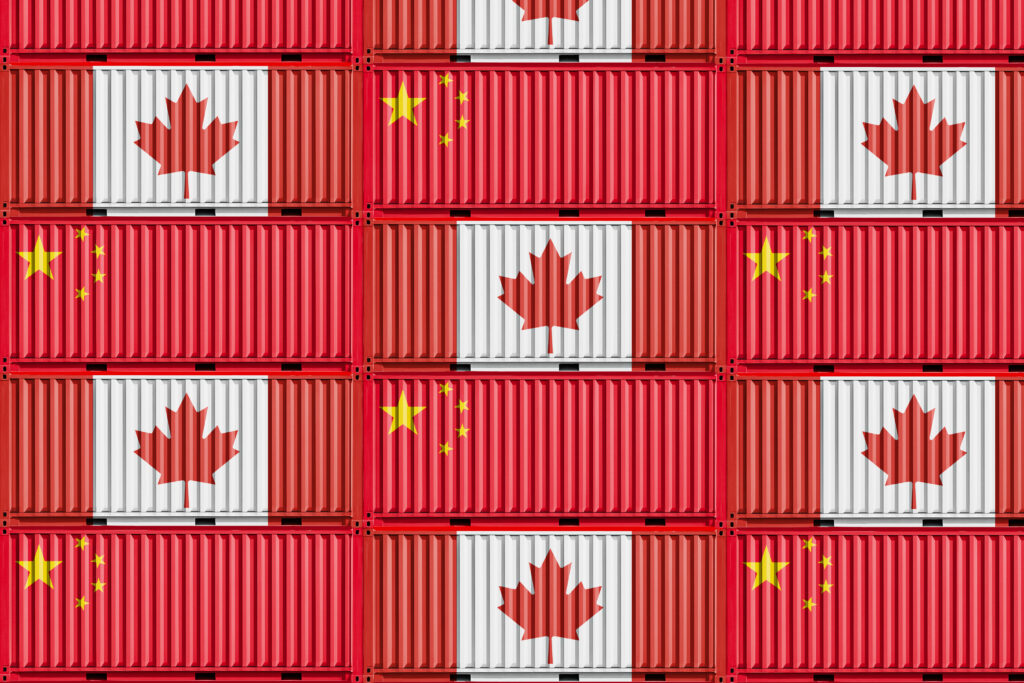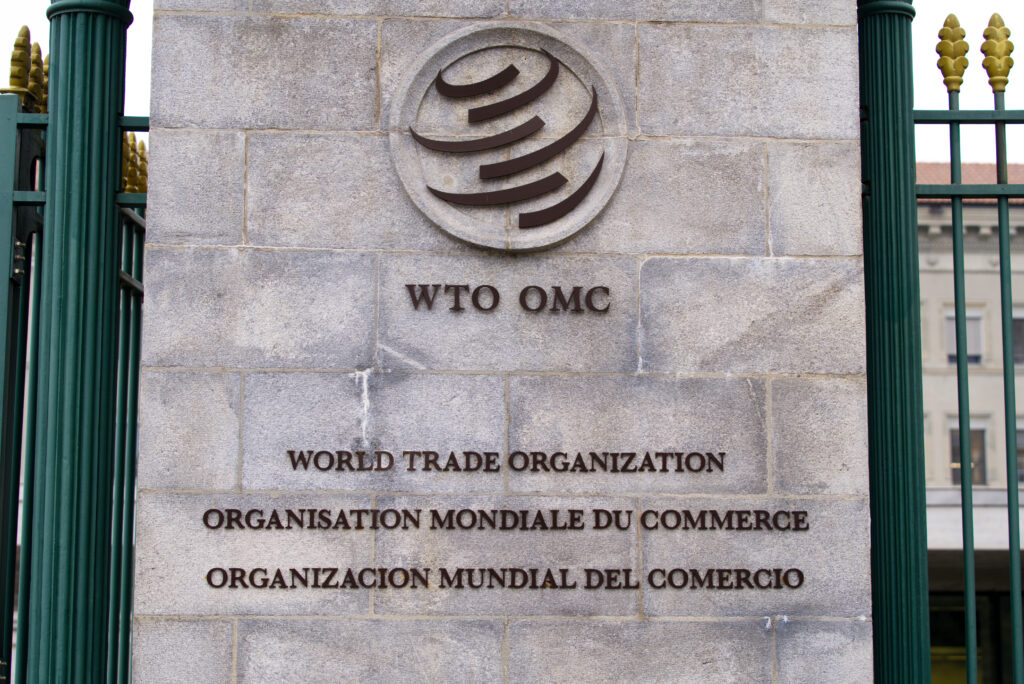China vs. Canada: Steel Showdown Heads to the WTO

China’s decision to file a complaint in the World Trade Organization against Canadian tariffs and the steel tariff rate quota has re-focused the spotlight on what many have dubbed an “already-strained trade relationship” between the two countries.
A few years ago, both nations resorted to tit-for-tat measures, including tariffs on everything from canola to electric vehicles. As it has with other countries, China has accused Canada of discriminatory trade practices. The move by China’s Ministry of Commerce (MOFCOM), thus marks another chapter in a long history of China-Canada trade tensions. To stay up to date on the World Trade Organization situation with Canada and other important, global metal price drivers, opt into MetalMiner’s weekly newsletter.
China’s Appeal to the World Trade Organization
Since last year, Canada has mirrored U.S. trade protectionist measures against China, prompting repeated objections from Beijing. In fact, this latest lawsuit adds to a growing list of World Trade Organization disputes involving Chinese steel exports. MOFCOM has charged that Canada is in violation of WTO rules, having imposed discriminatory tariffs and steel tariff rate quotas. This assertion references a 25% surtax that now applies to imports containing steel “melted and poured” in China, excluding U.S. imports.

According to reports, China has dubbed these measures “unilateral and protectionist,” claiming they disrupt global supply chains and infringe on its trade rights. The new rules took effect on August 1, and target imports that exceed quota limits. Now the decision must face the scrutiny of the World Trade Organization.
A report by news agency Reuters said China’s argument is that Canada’s restrictions would eventually disrupt the global steel supply chain. If upheld, the complaint could deter other countries from adopting similar origin-based tariffs. Beijing claims this could also influence how nations define “melted and poured” origin rules, which are increasingly used to trace and restrict imports.
Struggling to forecast metal prices for budgeting and contracting? MetalMiner’s Monthly Metals Index Report includes seven metal price indexes and can be used as an economic indicator for contracting.
Canada Cites Overproduction and Tariffs in Response
Meanwhile, Canada’s Department of Finance has countered China’s claims. That organization points to global steel overproduction and U.S. tariffs as reasons for tightening quotas and expanding surtaxes.
Some experts say that by filing the complaint, China is trying to send a message to other Western economies considering similar restrictions that they should expect legal retaliation. It also puts China in the lead place as a nation that defends the multilateral trading system, despite the criticism surrounding many of its trade practices.

The World Trade Organization complaint initiates a formal dispute resolution process, which could potentially lead to consultations and a panel ruling if unresolved. Many sector experts feel the move may allow Canada to justify these measures under international trade law. Some say it could also put the WTO’s dispute resolution mechanism in the spotlight at a time when its authority has been questioned on a global level.
China Has More Coming
Canada is not the only tariff-related problem facing China. A recent report revealed that India has recommended a phased three-year import tariff on select steel products to curb surging shipments from China and protect its domestic industry.
According to Reuters, India’s Directorate General of Trade Remedies (DGTR) issued the proposal following a sharp rise in steel imports that it says threatens serious injury to Indian producers. If the Indian government proceeds with the proposal, the import duty will initially be 12%. From there, it will be reduced to 11.5% in the second year, and further eased to 11% in the final year.

The DGTR cited a “recent, sudden, sharp and significant increase in imports” from China as the impetus for the proposal. However, the recommendation also builds on the temporary 12% safeguard duty introduced in April, which was applied for 200 days in response to an earlier surge in steel imports. This latest move formalizes the push for sustained protective measures over a three-year period.
Other Countries Take Aim at Chinese Trade Practices
Global steel oversupply, exacerbated by 50% U.S. tariffs and similar measures elsewhere, has left manufacturers with excess inventory, prompting aggressive export strategies. That said, the DGTR emphasized that the proposed safeguard duty is not only a response to current injury but also a preventive measure against future threats to the domestic steel sector.
This supports the idea that China’s long-held steel policy of exporting most of its steel to other countries at cheaper than local market rates is finally facing a concerted challenge from other nations. Recently, Japan’s steel lobby also called for stronger anti-dumping enforcement. Countries like South Korea and Vietnam have already imposed levies on Chinese steel, following the precedent set by former U.S. President Donald Trump.
Need to lower procurement purchasing risks but don’t know which levers to pull? MetalMiner helps you navigate risk with clarity, whether it’s pricing swings, supply disruptions or negotiation gaps. View our full metals catalog.
